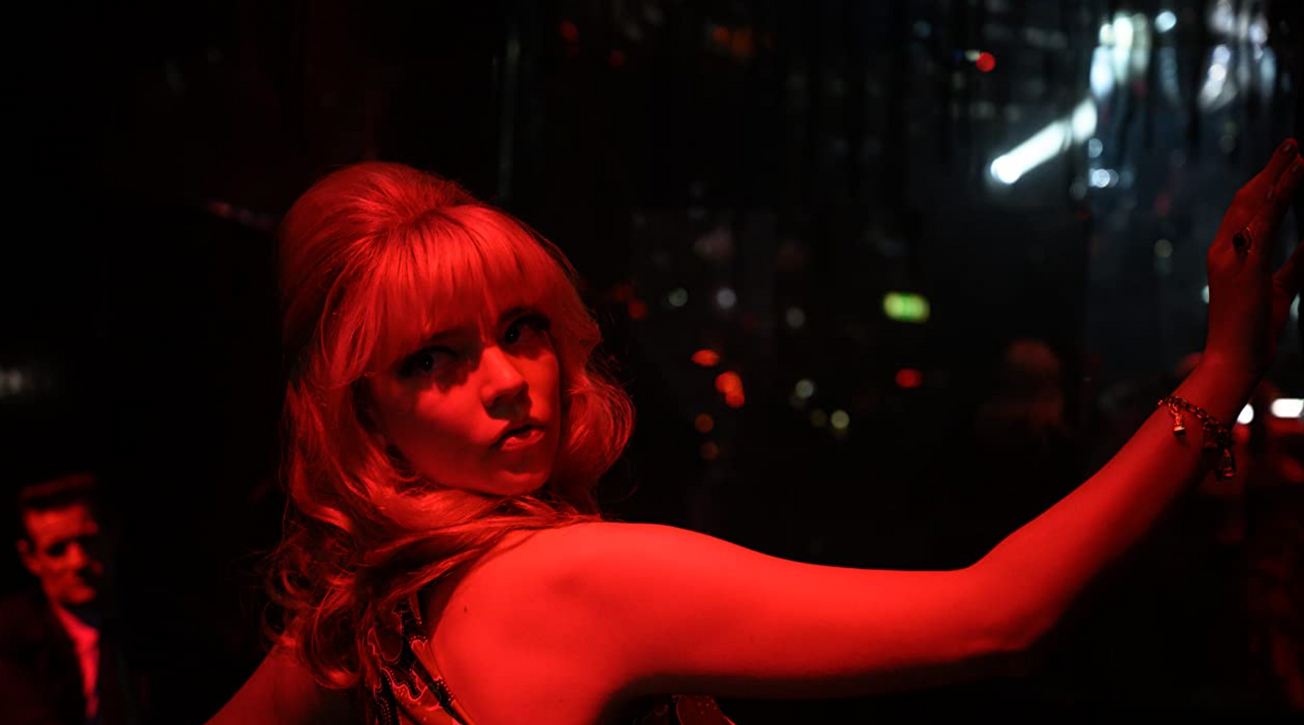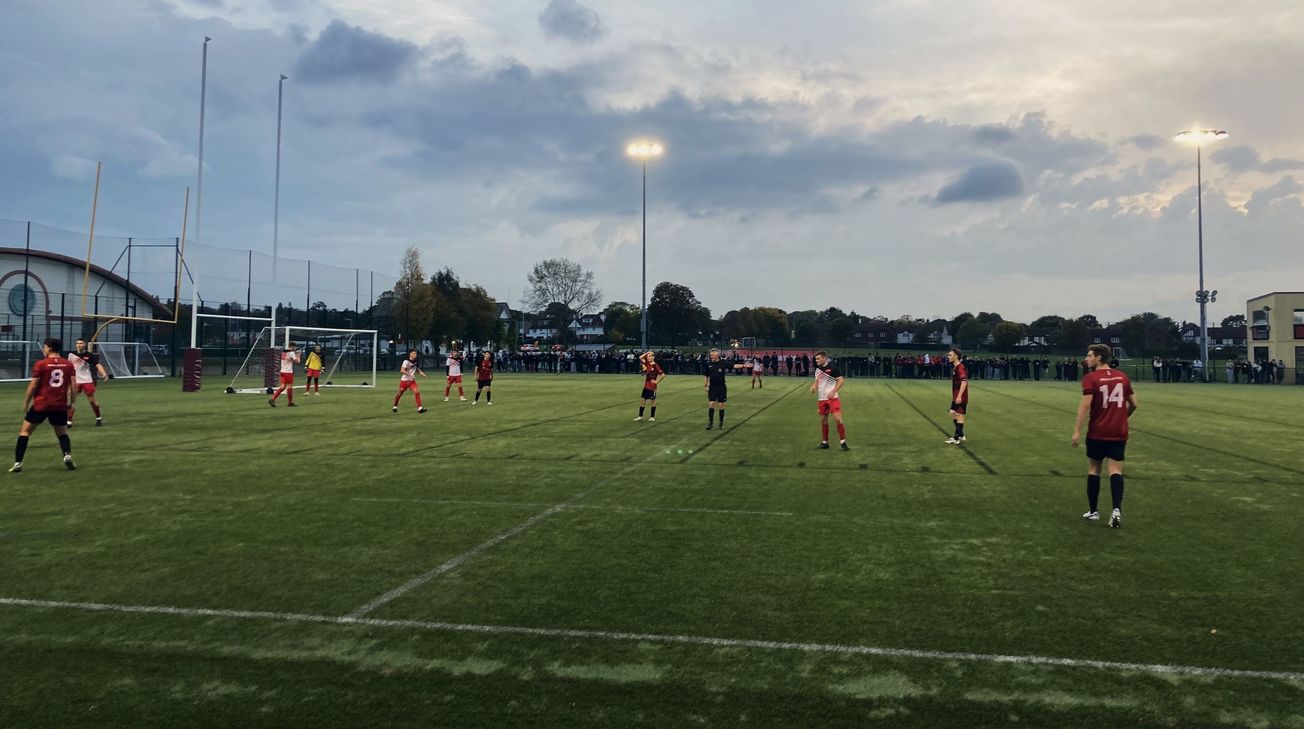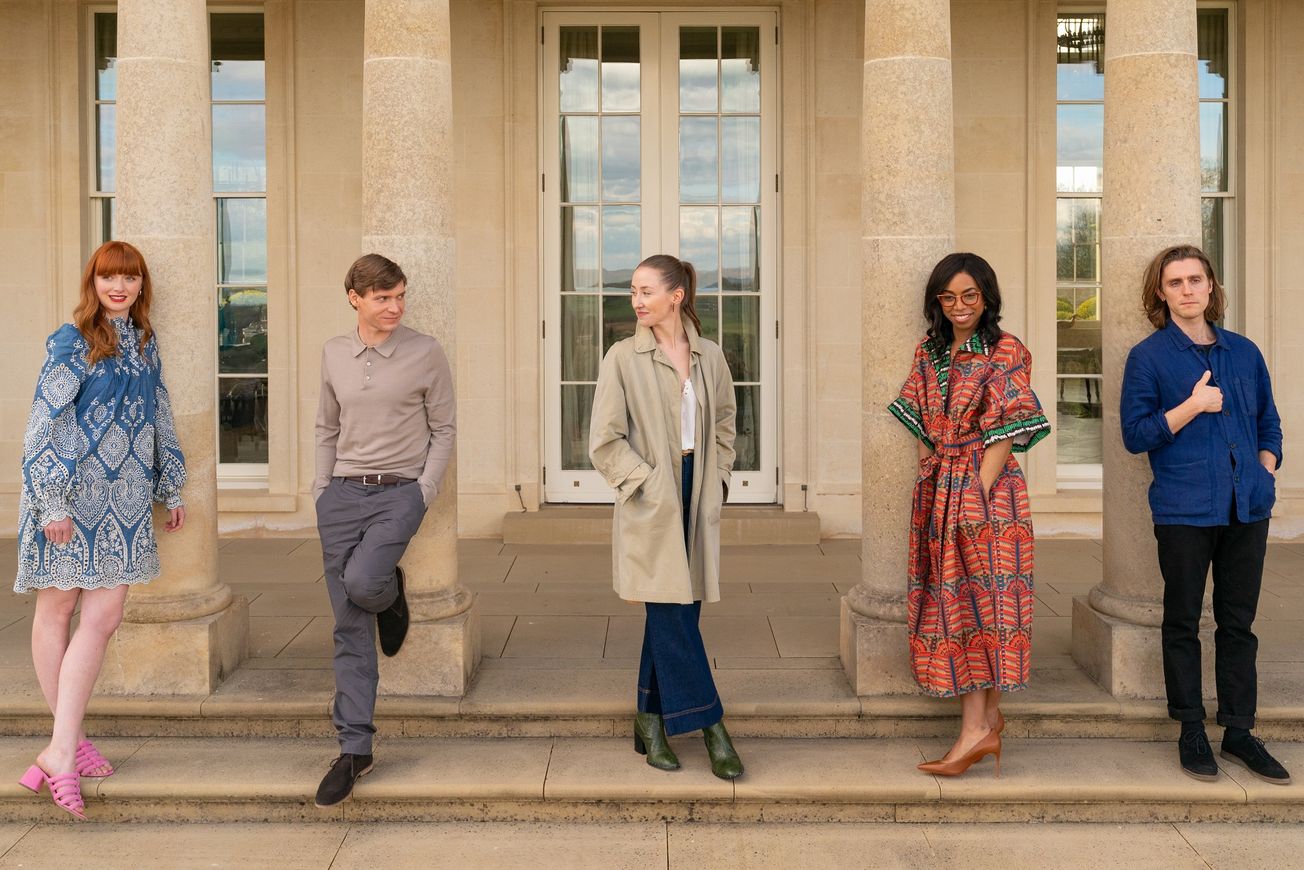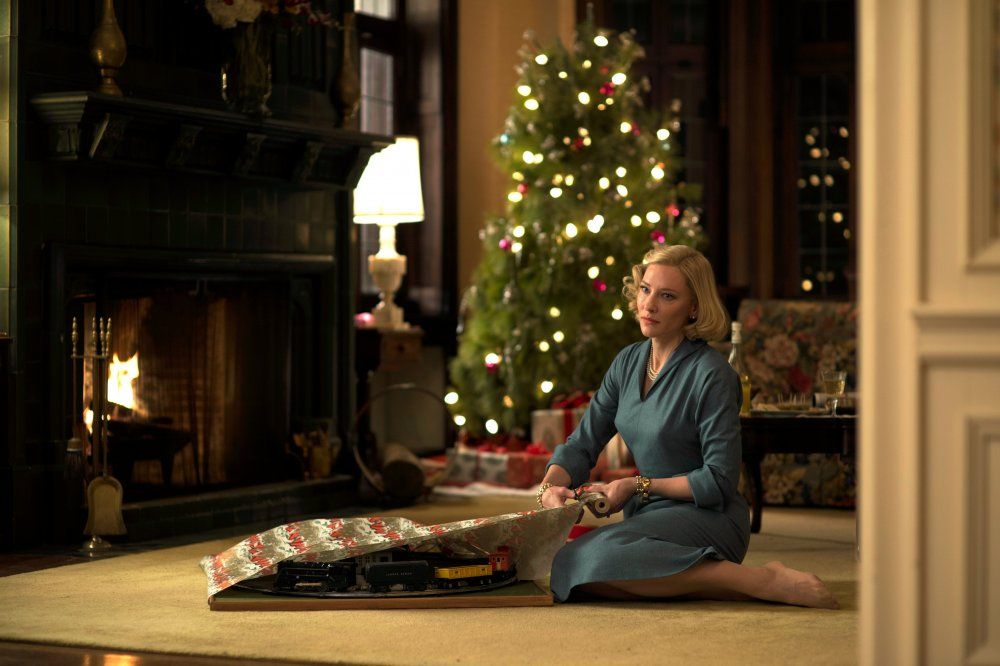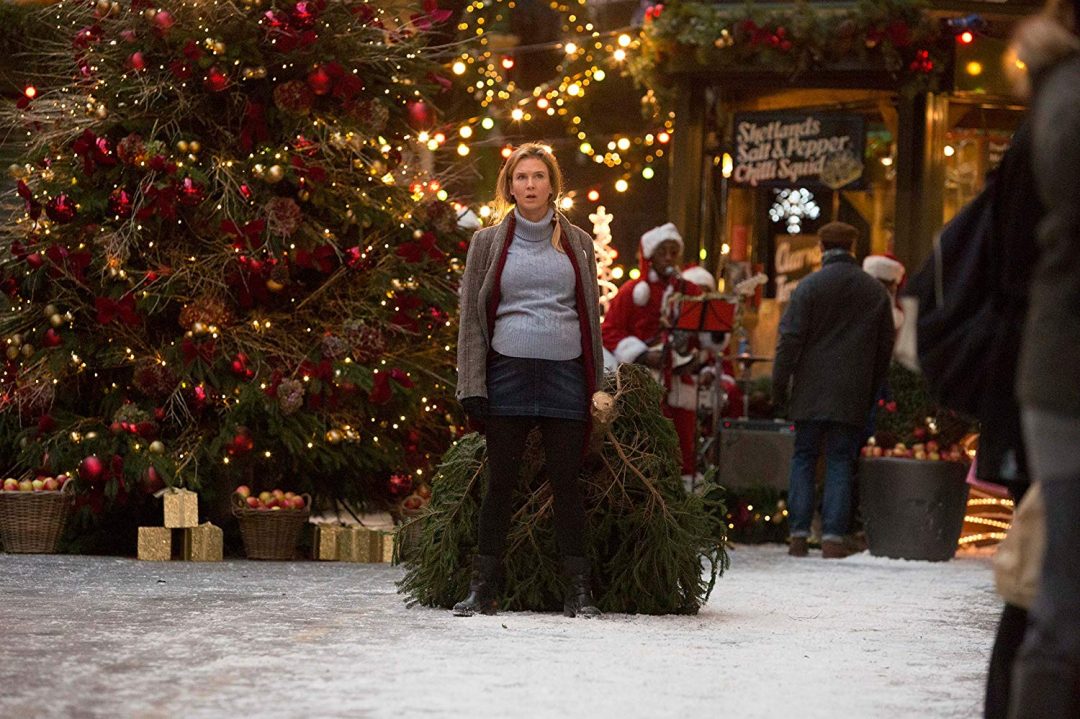By Evelyn Heis, Film & TV Columnist
A glamorous, neon-crazed portrayal of Soho in the Sixties and the most highly anticipated horror film of the year, Last Night in Soho finally reached our cinemas this Halloween weekend after repeated delays. And what better time to debut this ‘psychedelic monster baby’ (Anya Taylor-Joy on Instagram) than in the midst of the spooky season?
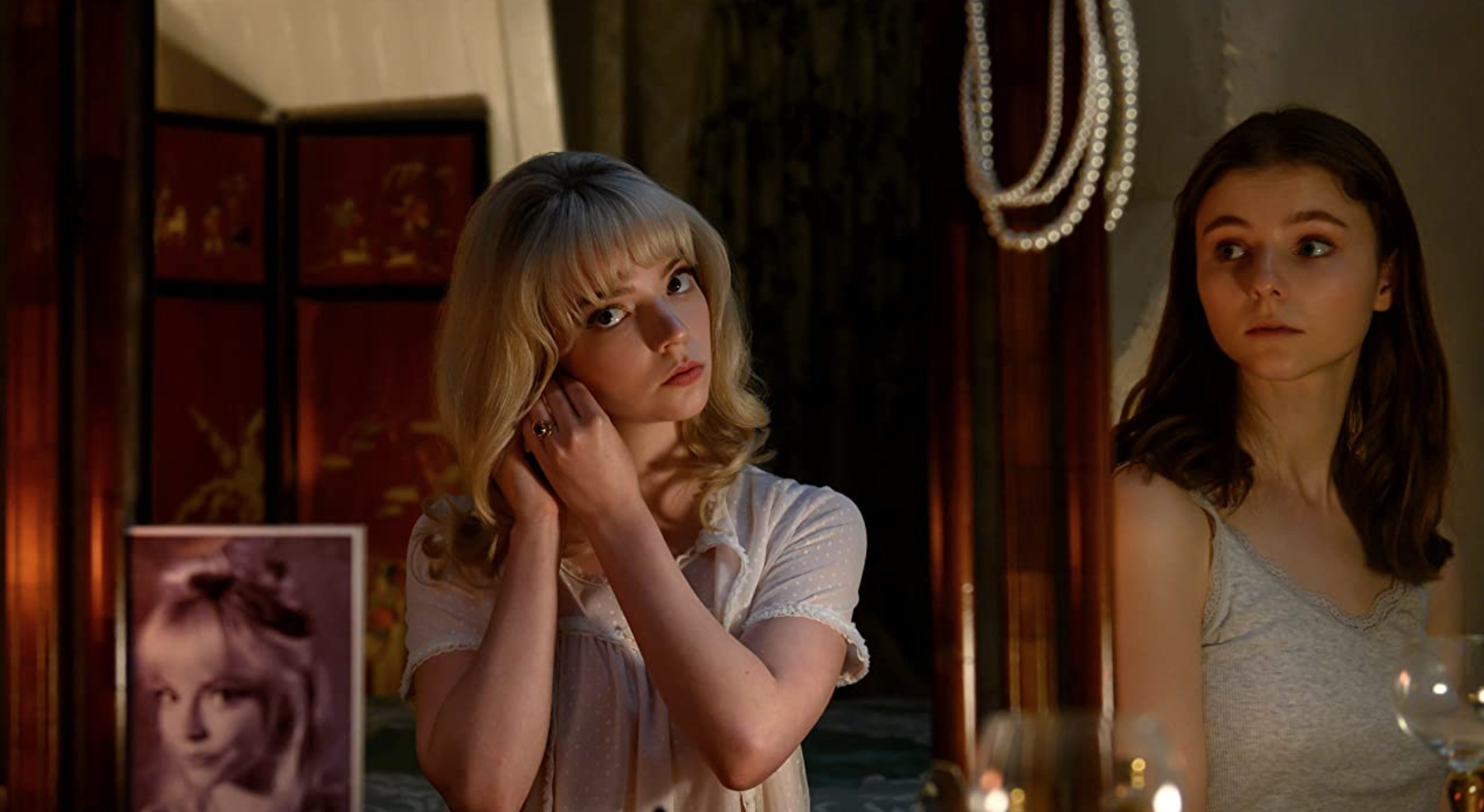
Alternating between the ‘glamorous’ past and her mundane modern-day life, the story centres around a shy and sixties obsessed girl, who dreams of making it big in the fashion industry as she trades her comfortable home in the countryside for the flashy West End. Now enrolled in the London School of Fashion, she’s ecstatic to begin this life-defining journey and follow in her late mother’s footsteps- that is, until she reaches student halls.
Following a string of cheesy and painfully awkward conversations that reminded me too much of first year, Thomas McKenzie’s Ellie struggles to fit in with her snobby ‘rah where’s my baccy’ peers is evident, and so she decides to move out ASAP. Frantically searching for a new place to live, she stumbles upon an eerie attic flat in the heart of Soho, whose bedroom has the power of transporting her to the neon-lit and exuberant ‘60s London she is fascinated with.
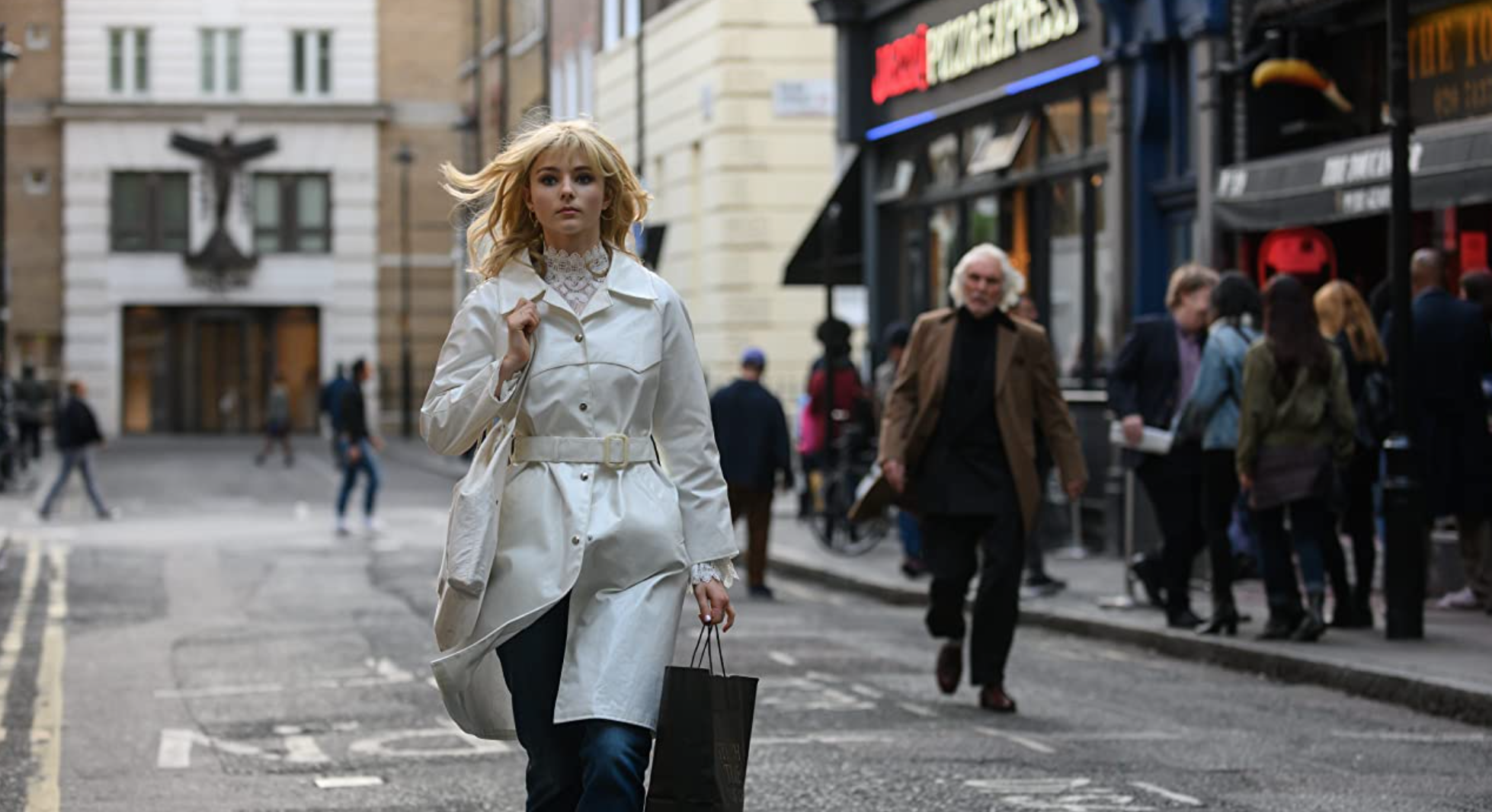
Once in these vivid time-travelling dreams, she observes the life of the confident, blonde beauty Sandie (Anya Taylor-Joy), a talented singer from the Sixties who longs to perform and is everything Ellie wants to be. Soon enough, Ellie is consumed by the dazzling glitz and glamour that Sandie’s life entails, that is until the realities of show business and the hardships Sandie endures turns what once were Ellie’s dreams into nightmares, and she begins to be haunted by figures from the past.
When the trailer for Last Night in Soho was released, I remember finding it unusually vague given that I was unsure of what the overall premise of the film would be. After watching the film, I can confirm that that same feeling was retained throughout. What started as captivating, ambitious, and full of rhythm began to fizzle out towards the end, leaving us with many unanswered questions within a time-travelling and ghost-filled frenzy.
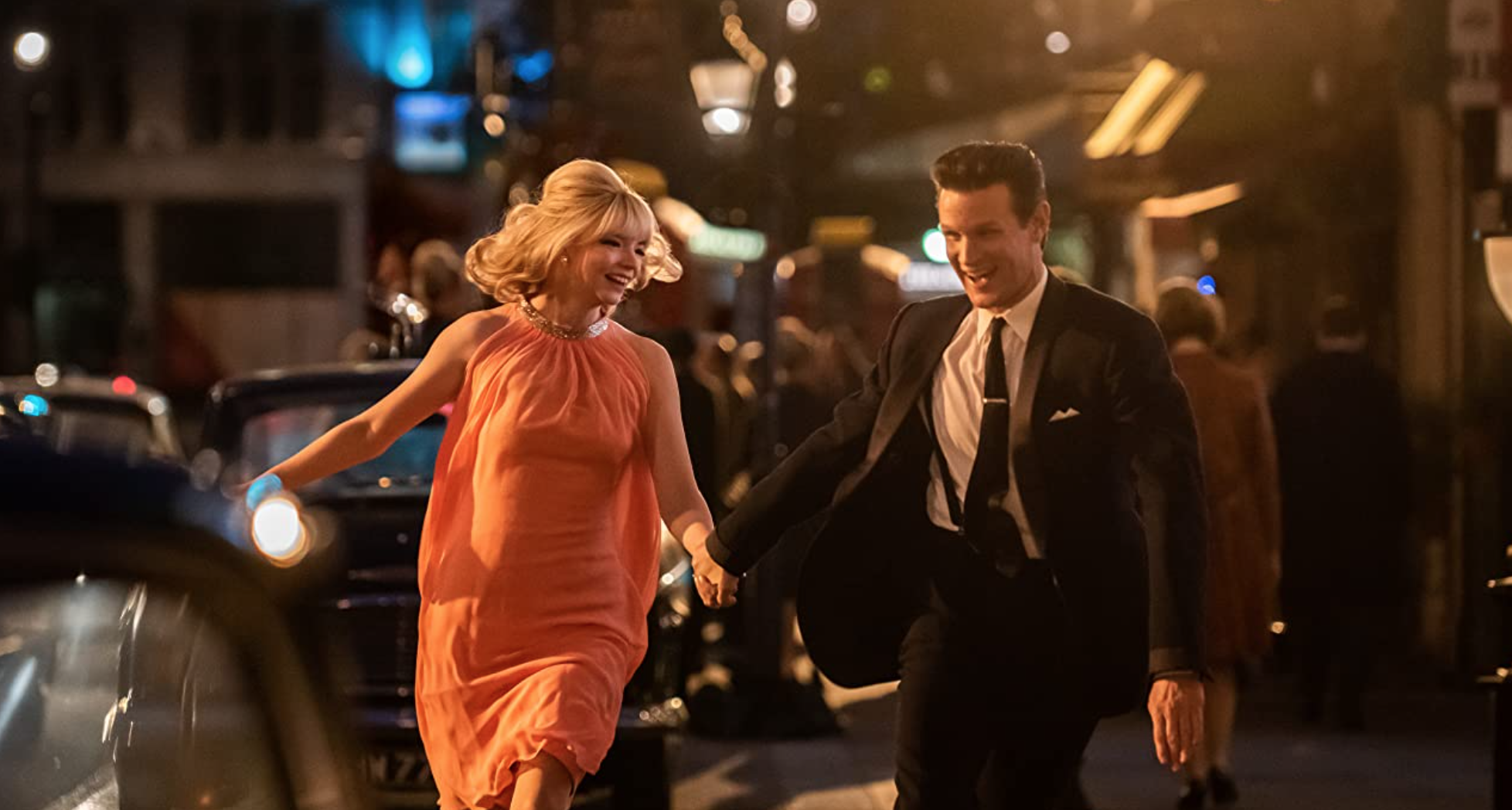
Edgar Wright, director of Baby Driver (2017), began working on Last Night in Soho in early 2019 and is said to have been heavily influenced by British horror films, such as Roman Polanski’s Repulsion (1965) and Arnold Louis Miller’s West End Jungle (1961) whose Café Du Paris notably makes an appearance in Wright’s Soho set. So, it’s safe to say that it wasn’t Wright’s commitment that let the film down, but rather its overarching unusual nature and cliché writing, which at times felt more like an episode of Riverdale rather than a horror film.
Corny dialogue aside, the actors of the film deserve an honourable mention for providing such great performances amidst the uncanny narrative: Doctor Who’s (2005-) Matt Smith, Mckenzie and Taylor-Joy in particular had a fantastic dance scene combined with such strong cinematography skills I could very literally not take my eyes off the screen. Not to mention, Taylor-Joy’s mesmerising voice during her rendition of Petula Clark’s sixties-hit ‘Downtown’.
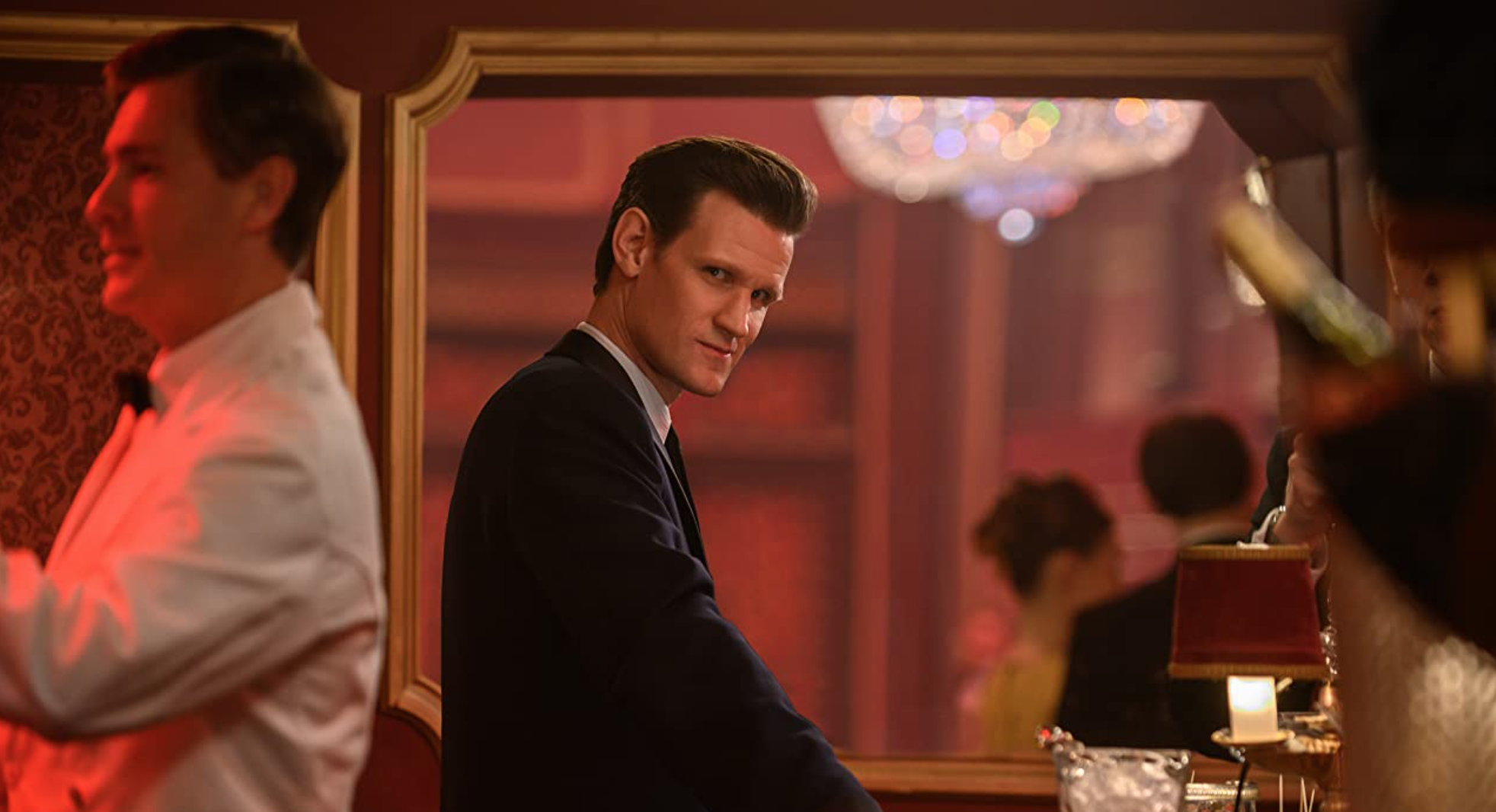
Throughout the entire film, the cinematography did not fail to impress, and almost every shot was extremely impressive, filled with blinding neon colours and paired with catchy songs from the Sixties. This film felt like a fever-dream, but it was definitely flawed and struggled to keep up with its own momentum.
If you’re in search of an innovative and perfectly seamless horror, you may be disappointed. That being said, Last Night In Soho's true joys lie in the performances of McKenzie and Taylor-Joy who very much make this colourful film their own.
Featured Image: IMDB
Do you think Last Night in Soho lived up to the hype?

